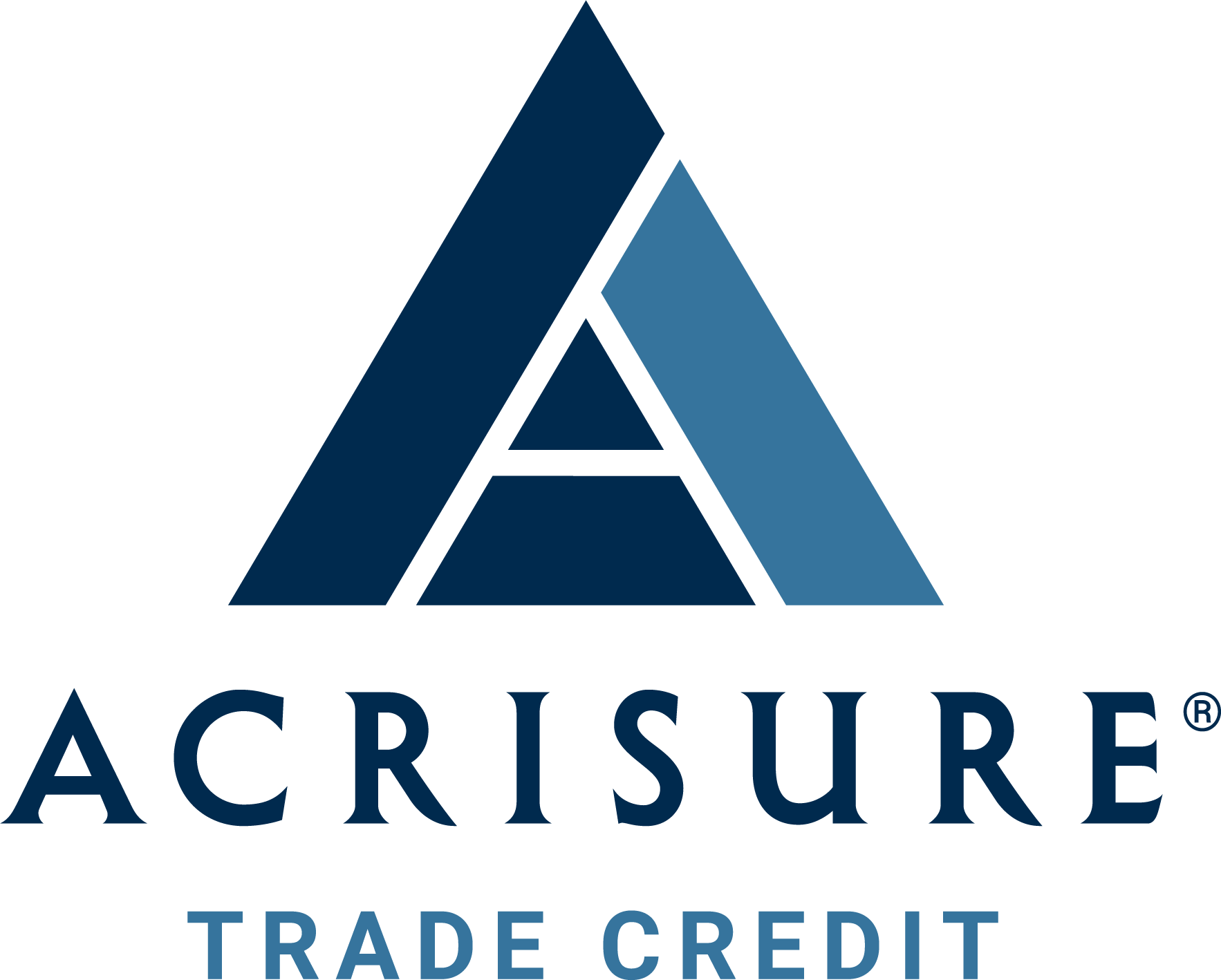Trading history, customer ratings, credit conditions, loss history, company industry, and customer geography are factors that your insurer will consider when determining risk.
Other criteria will be considered, such as the requirement for non-cancellable credit limitations or whole-turnover coverage.
When it comes to pricing structures and total cost, covering your receivable accounts is a little different from other insurance products. Price is determined by risk and particular needs, as is the case with most insurance plans. This implies that each insurance is unique and is priced according to a company’s risk. In addition, the amount of risk the company is ready to take on might also impact the price.
How much does trade credit insurance cost?
The price of your trade credit insurance plan will vary based on your industry, the amount of yearly revenue that has to be protected, your bad debt history, your existing internal credit processes, and the creditworthiness of your clients, among other things. If you sell to clients from various sectors and nations, your prices will indicate the risk associated with each.
Even if you’ve never made a claim, a trade credit insurance coverage may generally pay for itself by improving revenues and profits without exposing you to further risk.
The most reliable approach to estimate cost is to obtain a trade credit insurance quotation. There are several policies developed to address specific company requirements.
What is covered by commercial credit insurance?
Businesses are protected by trade credit insurance from non-payment of commercial debt. A trade credit insurance coverage will repay you for most of the outstanding debt if you have a bankruptcy, liquidation, or other difficulty, or if you pay late. This helps you safeguard your capital, keep your cash flow steady, and protect your earnings while extending your competitive loan terms and gaining more attractive financing.
You can effectively manage the economic and financial problems of trade that are beyond your control with trade credit insurance. Trade credit insurance can provide you the peace of mind you need to issue additional credit to existing clients or pursue new, larger customers who might otherwise be too hazardous.
The cost of trade credit insurance varies based on several criteria. These are some of them:
-The industry in which your company operates
-A history of bad debts you’ve accumulated
-The effectiveness of your existing internal credit procedures
-Your present clients’ creditworthiness
-The amount of insurance coverage required
A trade credit insurance coverage makes a lot of sense for firms concerned about bad debts not being paid.
Businesses that do not require the full coverage of Trade Credit Insurance might hire a professional organization to assist them with risk management. On an annual fee basis, they evaluate your company’s credit management and assist with debtor monitoring for adverse payment information checks for new or current accounts. If you don’t have credit insurance, this is your backup plan.
This service also involves obtaining market data about your debtors from their sources in many industries so that you can stay updated on their financial condition.
There will always be dangers when running a company, but safeguarding your accounts payable and ensuring you are never left out of cash if a borrower does not pay their bills is one method to decrease that risk dramatically.
